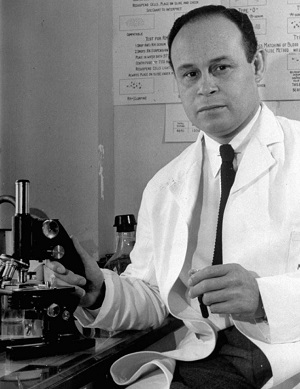Charles Drew, the first African-American to earn a Doctor of Medical Science degree from Columbia University, is known as the father of blood banking in the United States.
His interest in the science of blood transfusions was sparked while he was in medical school at McGill University in Montreal, Canada, when he saved a man via a blood transfusion.
At Columbia, his interests expanded, and his doctoral dissertation, “Banked Blood: A Study in Blood Preservation,” described methods he developed for long-term preservation of plasma, and he closely examined existing practices for blood collection and transfusion.
John Scudder, a scientist working on building a blood banking program in New York, called the thesis a “masterpiece,” noting that it was “one of the most distinguished essays ever written, both in form and content.”
Prior to Drew’s research, blood could not be stored for more than two days because of the rapid breakdown of the blood cells. But he made two breakthroughs in blood storage and preservation science:
- He found that if the plasma is separated from the cells and then stored separately, they could be combined up to a week later for a transfusion.
- He also discovered that plasma has no A, B or O type, so it can be administered to any patient, regardless of their blood type, in cases when a whole blood transfusion was not needed.
Drew and Scudder did extensive research into procedures, collection, and preservation of blood, developing a plan to send large amounts of contamination-free plasma to England during World War II.
He also developed the concept for the first “blood bus,” a mobile unit for collections equipped with refrigeration to preserve blood.
Charles Drew spent the last nine years of his career training African-American surgeons at Howard University. He died in an automobile accident in 1950.




